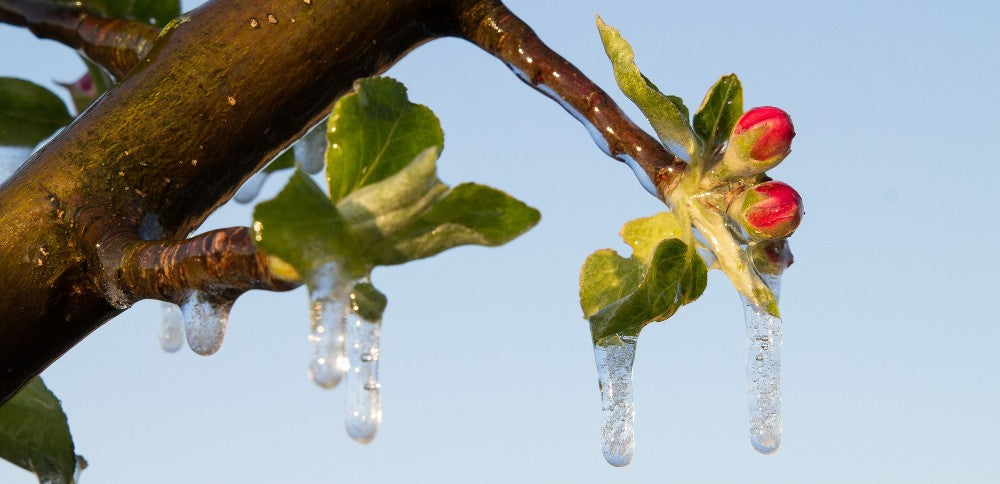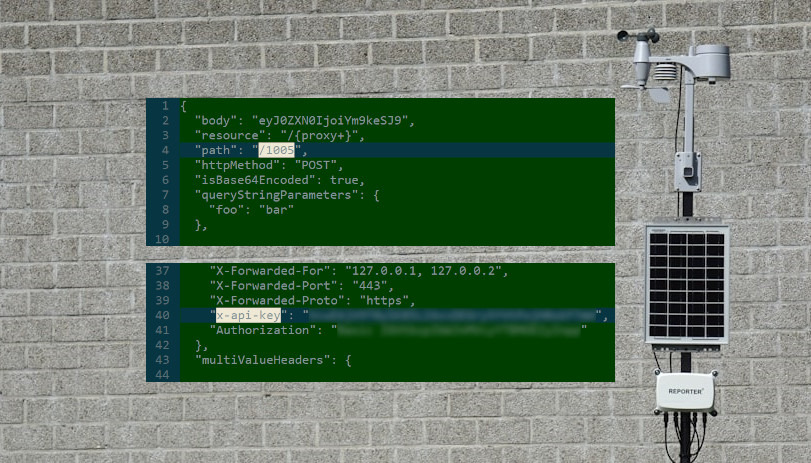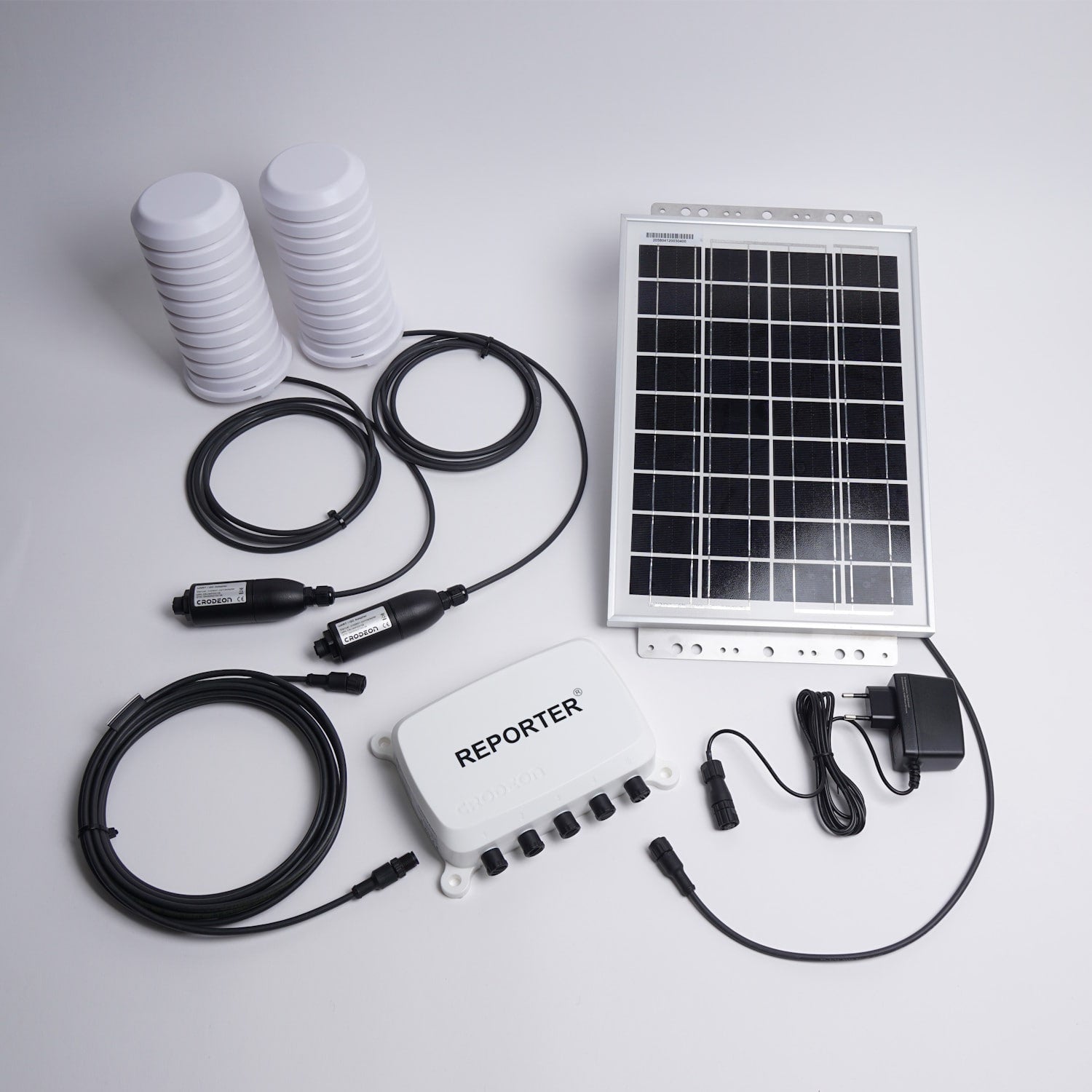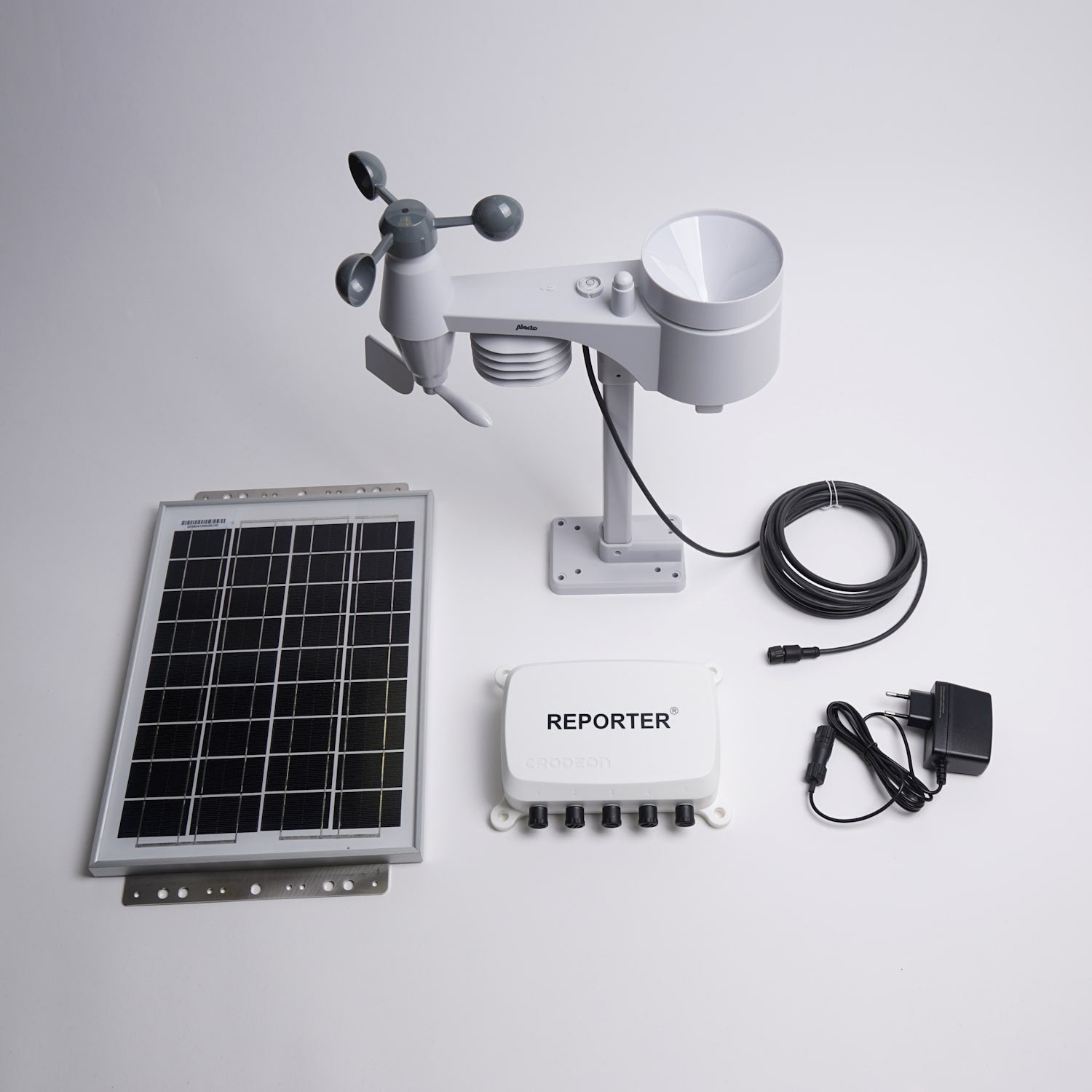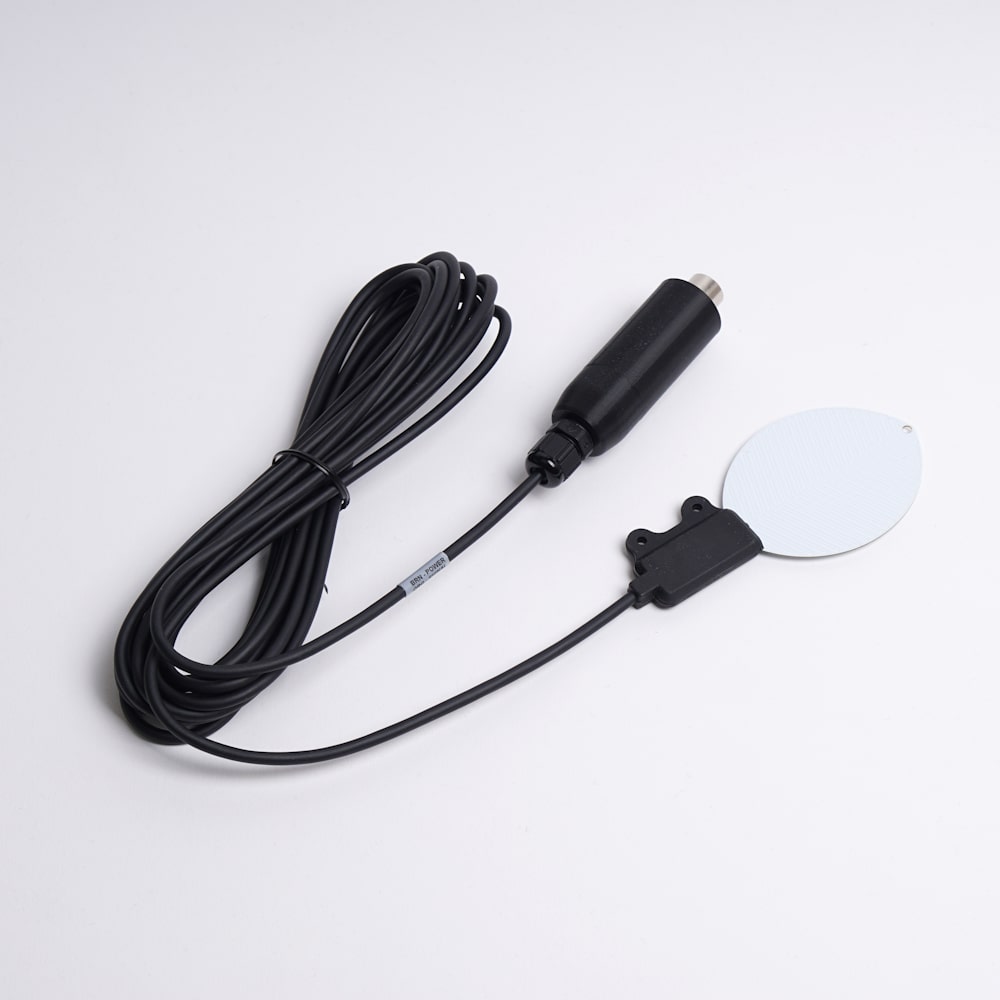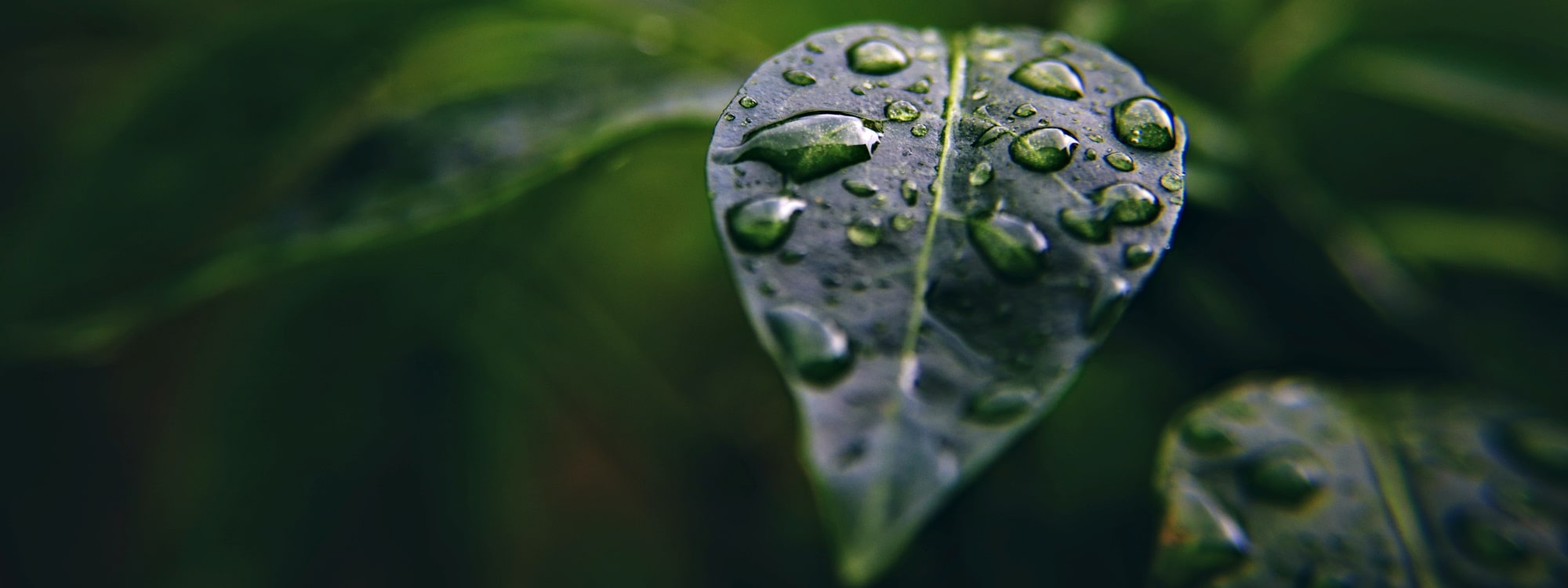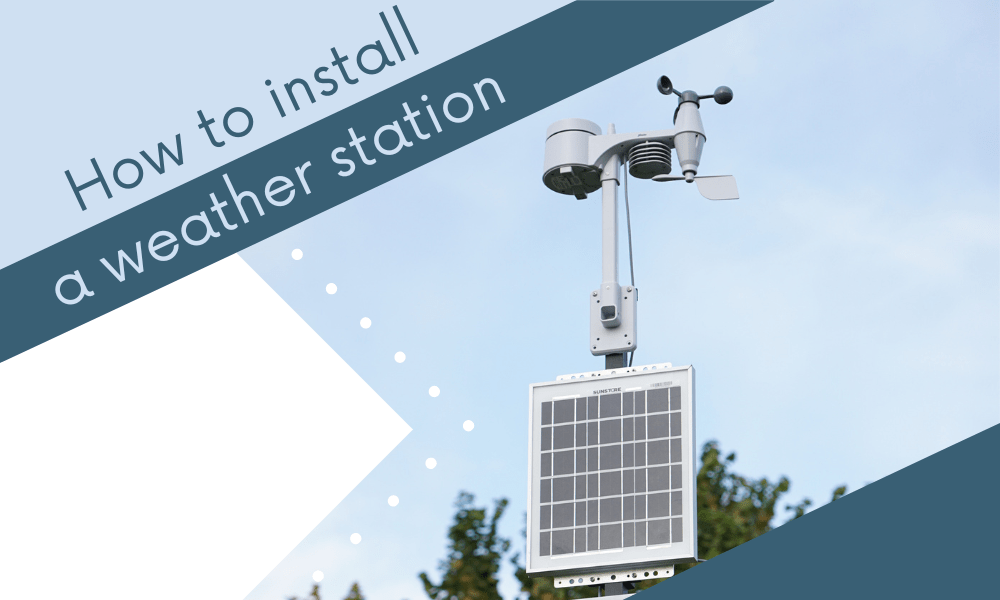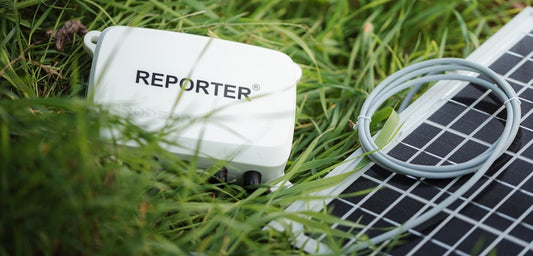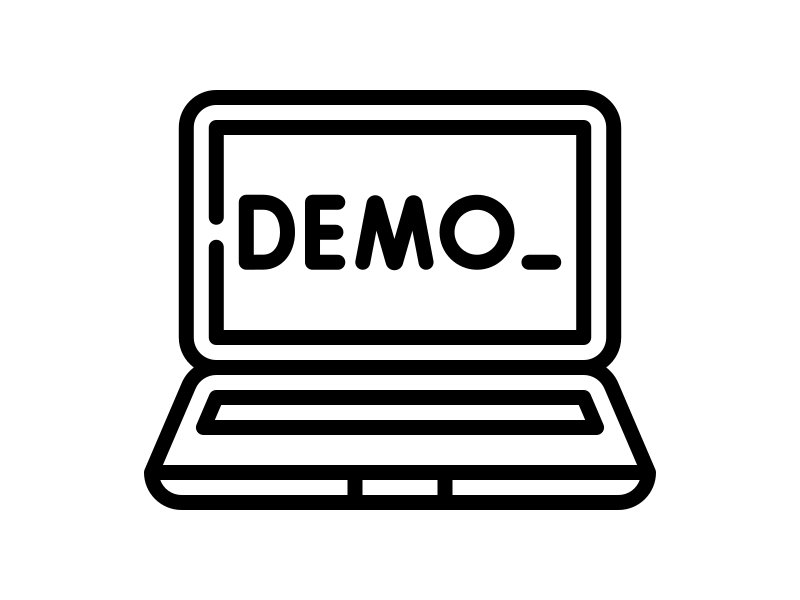Pseudomonas syringae prevention in fruit trees
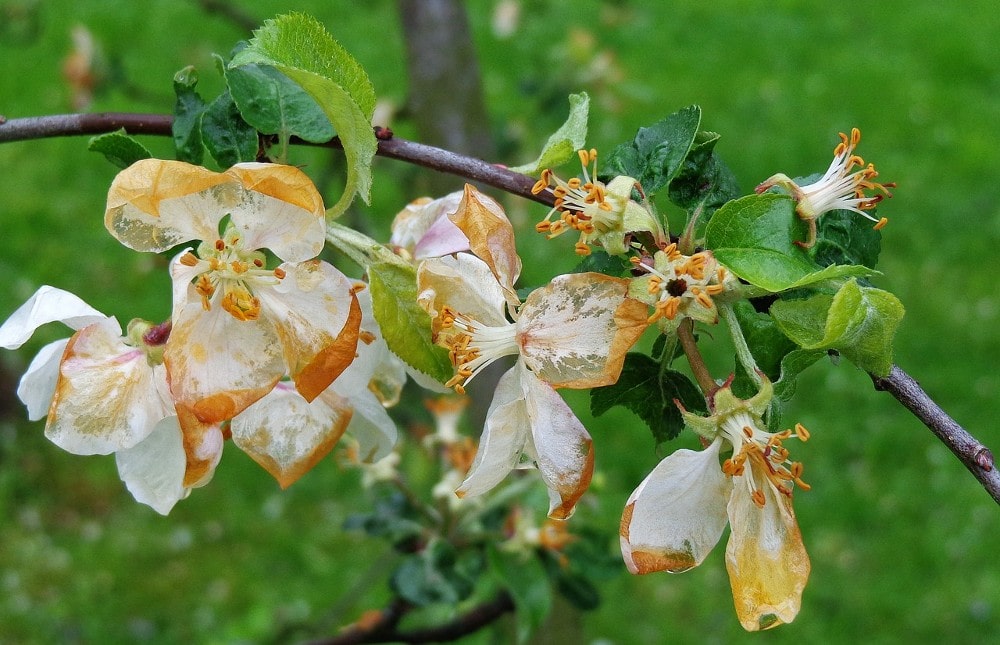
Pseudomonas syringae is a big problem in orchards, especially with low temperatures. Pear trees in particular seem to be extremely vulnerable to the bacterial infection. It seems to occur the most during cold and wet weather when the fruit trees are in bloom. The bacterial disease can even trigger crystallisation inside blossoms or leaves at near-zero temperatures.
Pseudomonas infection in fruit trees
Pseudomonas syringae cells contain a protein that induces ice formation, meaning that a tree that is infected with this disease will suffer from frost damage sooner compared to a healthy plant. Blossom blast may even occur when temperatures are around 5°C, if the concentration of bacteria is high enough and the environment is sufficiently moist.
Furthermore, when a fruit tree suffers damage due to frost, P. syringae can more easily infect the plant through this damaged tissue. Frost cracks in tree bark or damaged blossoms form such an easy entry point for the infection to enter. When a few days later the temperature increases after the infection has taken place, the first symptoms will already have become visible. Antibacterial treatment is no longer possible at this stage.
The bacterium is naturally occurring all over the world and has even been detected in samples taken from clouds. A simple rain cloud could thus be the cause of an infestation in your fruit trees.

How to outrun bacteria
To prevent extreme damage from Pseudomonas syringae, it is absolutely necessary to monitor your orchard closely when it's freezing or about to freeze. It is advisable to protect your fruit trees and blossoms against frost with heat or other methods to prevent P. syringae from damaging your trees and ruining your harvest. By monitoring and registering the temperature, you can follow up when frost damage may have occurred. This puts you at an advantage as you'll immediately be able to know when to treat your trees. Immediate treatment (within 24-36 hours) helps reduce fruit loss.
It would be wise to install a frost monitoring system that is based on temperature and moisture (by using temperature sensors, rain sensors and leaf wetness sensors). This system can help you predict blossom blast as it sends out a warning when the conditions for blossom blast are met (a temperature warning and a wetness warning). Again, immediate antibacterial treatment proves to significantly reduce damage.

Reporter is such a versatile monitoring system that lets you monitor and register the temperature in your orchard. No matter how remote the location, Reporter works. Its power is supplied by its own solar panel and the internet connection is established through the GSM network. Reporter sends its data to the cloud, where you'll be able to review it. Furthermore, Reporter lets you set the previously mentioned alarm thresholds. When those are reached you will receive an alarm notification through your phone by text or voice call, or via email.
Reporter's data is accessible through our user-friendly cloud platform, or our API, which lets you pour the raw data into the appropriate agricultural software. Important factors to measure when limiting damage from Pseudomonas syringae are:
- Temperature
- Twig or leaf wetness (the leaf wetness sensor should be placed on the tree at the same angle as the branch, at about 2 m high)
- Rainfall
The optimal set-up for orchard monitoring
When installing a weather station or your own temperature registration set-up to protect your fruit trees and blossoms against frost and P. syringae, it's important to know where to place the sensors. Depending on the size of your field and whether it's on a slope you might require multiple sets of sensors. Normal orchards require one set of sensors, located in the middle of the field. For a large field, two sets of sensors would be needed. When the field is on a slope, two sets of sensors are recommended: one near the lowest altitude and one near the highest altitude. You might need one or two Reporters, depending on your orchard.
For predicting a Pseudomonas infection in orchards we recommend using the Crodeon professional weather station.
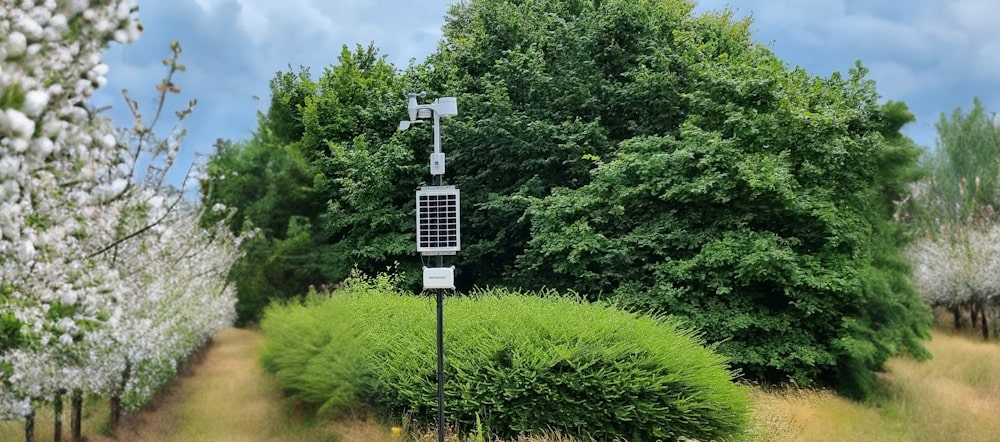
If you still have questions regarding our remote monitoring system, do not hesitate to send us an email or contact us through the form on the right. We will gladly help you keep your harvest safe!
Read more
Sources
Ice Nucleation Induced by Pseudomonas syringae: 2 May 1974. Leroy R. Maki, Elizabeth L. Galyan, Mei-Mon Chang-Chien, and Daniel R. Caldwell Division of Microbiology and Veterinary Medicine, University of Wyoming, Laramie, Wyoming 82071
Survival and ice nucleation activity of Pseudomonas syringae strains exposed to simulated high-altitude atmospheric conditions: 23 May 2019. Gabriel Guarany de Araujo, Fabio Rodrigues, Fabio Luiz Teixeira Gonçalves , and Douglas Galante
The influence of Pseudomonas syringae on water freezing and ice melting: 12 May 2022. Maria A. Majorina, Victoria R. Veselova, and Bogdan S. Melnik
The effect of temperature on infection and a warning system for pear blossom blast caused by Pseudomonas syringae pv. syringae: February 2002. B.A. Latorre, M.E. Rioja, C. Lillo

